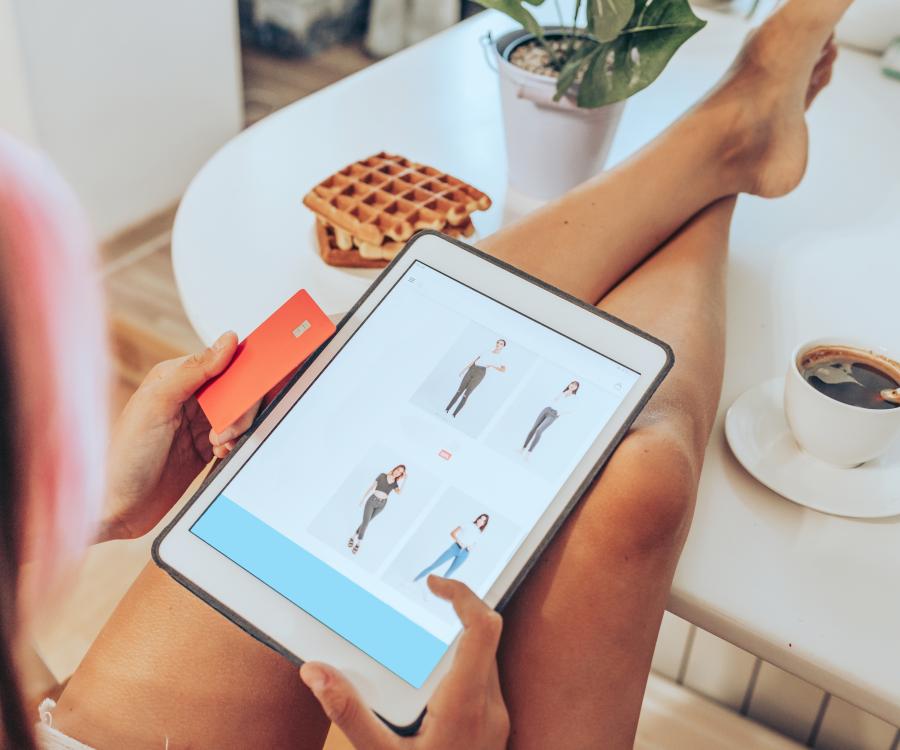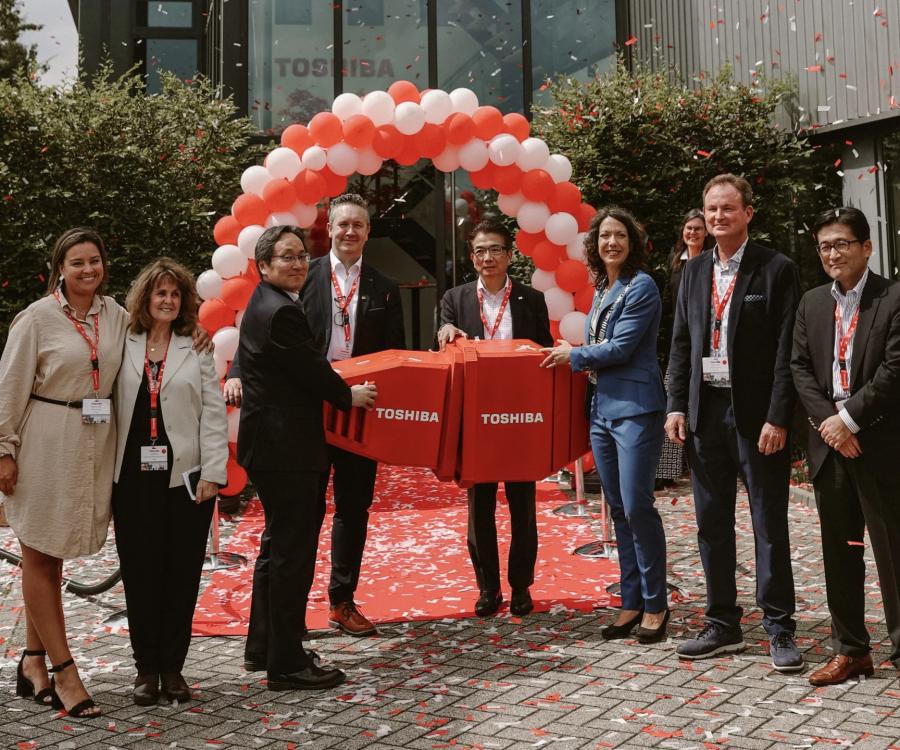Brick-and-mortar retail will continue to score with customers with digital services for consulting, purchase and delivery. With new and intelligent concepts, smaller stores also give large competitors ranging from Amazon to Zalando a run for their money. A number of new business models are officially just around the corner.
For more than ten years, sales have massively shifted and moved online and away from brick-and-mortar retail. That being said, a saturation is foreseeable in some product lines according to a GfK study in mid-2015. For the most part, the shifts from offline to online are likely completed in the consumer electronics market for example. The retail sector of the future will continue to take place on-site and not just digitally, believes Manuel Jahn, Head of Consulting at GfK Geomarketing.
Experts of the eCommerce competency group of the eco – Association of the German Internet Industry also share this opinion. In an ad hoc survey during an expert talk in October 2016 on the subject, none of the participants thought that retail in cities is an outdated phenomenon without a chance of survival.
After all, brick-and-mortar retail also benefits from the growth in eCommerce and has the opportunity to closely interlock the amenities of digital shopping with the advantages of the offline world at the POS. How quickly and effectively this can be achieved, depends on the products that are distributed: when it comes to freshness, quality, and consultative-intensive purchases, customers appreciate the possibilities the haptic, olfactory and emotional information flow of a brick-and-mortar shopping experience and contemplate a visit to brick-and-mortar stores.

Online presence makes local retail more attractive
Retailers who allow their customers to get extensively informed online before they actually set foot inside their stores benefit the most. Business hours, distance to the store, current parking situation and contact information should be made available.
Customers also like to order or purchase an item online – and then pick it up personally. These types of “click and collect“ customers once again examine the products on-site and then also get in touch with sales associates. In doing so, a personal relationship with the customer can be cultivated.
Retailers also digitally bridge the gap to potential customers with location-based services. The “Digitales Viertel Sülz“ (Digital Quarter Sülz) in Cologne showed this from September to November 2016: using the respective app from Yellow Pages (“Gelbe Seiten“), customers receive push messages about stores sent to their smartphone. They find out about attractive offers, coupons, and sales and receive lots of additional information on the Quarter itself.
Two-thirds of surveyed experts of the eCommerce competency group of the eco – Association of the German Internet Industry believe that city platforms will take root given the “right” conditions.
Projects like “Online City Wuppertal“ or “Mönchengladbach at Ebay“ also show how local brick-and-mortar retailers can enjoy a slice of the online cake if they get rid of their aversion to online business. Regardless of the store’s opening hours, customers can shop online at the neighborhood store, pick up the purchased items on location or have them delivered the same day via a local courier network.
Retail scores with a high level of adaptability
Local eCommerce business models could even beat out the same-day delivery option offered by Amazon. Local courier services deliver the items customers ordered online via digital shopping list at the neighborhood store to their homes within a few short hours. Interest in this is great: grocery delivery is picking up speed at least in major cities; major retail chains and Amazon have already started to fight for market shares.
Local communities could support this trend by granting the delivery services special rights in traffic – for instance by letting delivery services that are licensed by cities use the dedicated bus and taxi lanes or reserved loading zones. In doing so, products that require cooling could also be integrated into local eCommerce scenarios. Retailers can create context-sensitive and inspiring shopping experiences by offering to automatically deliver regularly purchased items.
No place for an aversion to the internet
Local retailers can also attract new customers if they are open towards new collaborations with online stores. For example, a local grocery store could collaborate with an online shopping site for gourmet foods: in this case, the online store would lease shelf space or space in the refrigerated section at brick-and-mortar retailers. This way, customers could easily and conveniently pick up the deli food they ordered online at a local spot. This doesn’t break the cold chain and the local retailer benefits from a fee and new customers that enter his store.
These examples show: the development in the relationship between “brick-and-mortar and online” in retail is not a one-way street. With new business models, brick-and-mortar stores will interact with online retail in the future.










